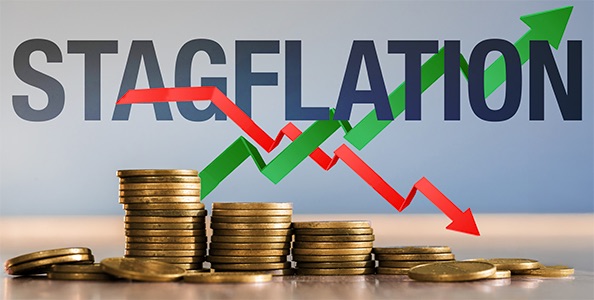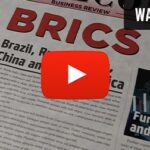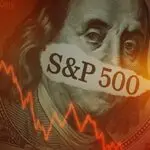Stagflation on the Horizon
“Did the era of stagflation just begin?” asks The Kobeissi Letter, a prominent financial journal. The unsettling combination of stagnant growth, surging prices, high interest rates, and rising unemployment is no longer a relic of the 1970s. Top economists are raising alarms. They are urging Americans to take this threat seriously and brace for what could be a brutal economic storm.
Wall Street Warning
JPMorgan Chase CEO Jamie Dimon is one of the latest voices to sound the warning. He estimates a 35% chance of stagflation. With a recession being even more likely. Dimon points to rising national debt and inflation as key risks. Dimon sees inflation being far more stubborn than the Federal Reserve expects. Especially if wage growth continues to accelerate. He emphasized that interest payments on U.S. debt are outpacing essential spending. “Unchecked government spending could worsen economic instability,” he cautions. Dimon told markets to prepare for sudden, seismic shifts.1
 2
2
Federal Reserve in Denial
But the Federal Reserve appears to see things differently. Chair Jerome Powell recently expressed confidence in the economy following a rate cut. He stated, “I feel good about the economy. Saying he “doesn’t see the stag or the flation.” Critics, however, are skeptical of this optimism. They warn that the Fed could be underestimating the risks. Just as it initially dismissed inflation as “transitory.” The reality, experts argue, is that stagflation puts the Fed in a lose-lose situation. Raising rates risks triggering a recession. While cutting rates could fan the flames of inflation.3
Warning Signs in the Data
Economic indicators are beginning to paint a troubling picture. Inflation briefly leveled off earlier this year. But now it is showing signs of resurgence. For the first time since September 2022, both the Consumer Price Index (CPI) and Producer Price Index (PPI) are rising.
“The Fed’s worst nightmare has begun,” warned The Kobeissi Letter. They compared today’s rising bond yields and stubborn inflation to the dreaded stagflation of the 1970s. 4
The labor market is also flashing red. Temporary help service jobs is considered a leading unemployment indicator. They have plummeted to their lowest level since October 2020. These jobs have now contracted for 23 consecutive months—the longest streak since the 2008 financial crisis.5
Meanwhile, housing affordability continues to deteriorate. Despite the Fed’s rate cuts, the average 30-year mortgage rate has climbed to 7+%. Many analysts are predicting it could exceed 8%. Higher borrowing costs are making homeownership increasingly out of reach. Further straining household budgets and slowing economic growth.
Misplaced Stock Market Optimism
Although stock markets initially rallied after the Fed’s recent rate cut, some experts are expressing caution. Goldman Sachs has warned that persistent inflation and slow economic growth could lead to a “lost decade” for U.S. stocks. Meanwhile, some believe that markets are not pricing in the risks of stagflation. As a result, stocks could crash if economic conditions worsen.
‘Dr. Doom’ Weighs In
Dr. Nouriel Roubini is a renowned economist often nicknamed “Dr. Doom.” He has also raised concerns about stagflation. Roubini links it to Trump’s economic proposals. He believes tariffs, tax cuts, and less independence for the Federal Reserve will contribute to inflation. These factors will also lead to economic stagnation. Roubini also warns that these policies could add nearly $10 trillion to the national debt over the next decade. High debt levels weaken the economy. They drive up borrowing costs and reducing fiscal flexibility. And a vicious cycle of slower growth and higher inflation is created.
If stagflation takes hold, Roubini predicts the Fed will be forced to hike interest rates aggressively. Deepening the economic pain for businesses and households alike.
Conclusion
Stagflation isn’t just a hypothetical scenario—it’s a looming threat that could reshape the economic landscape. With inflation showing signs of resurgence, unemployment indicators flashing warnings, and interest rates uncertain, the risks are too significant to ignore.
Financial experts recommend taking proactive steps to safeguard your finances. Greg McBride is the Chief Financial Analyst at Bankrate. He advises diversifying your portfolio with tangible assets like gold.6 Precious metals have historically retained their value during periods of economic turmoil.
He also recommends keeping the value of your investments accessible. Gold is also highly liquid, making it a practical option for covering rising expenses in tough economic times. For those focused on retirement planning, a Gold IRA can offer long-term protection against inflation and market instability. To learn more about securing your financial future, contact American Hartford Gold today at 800-462-0071.






